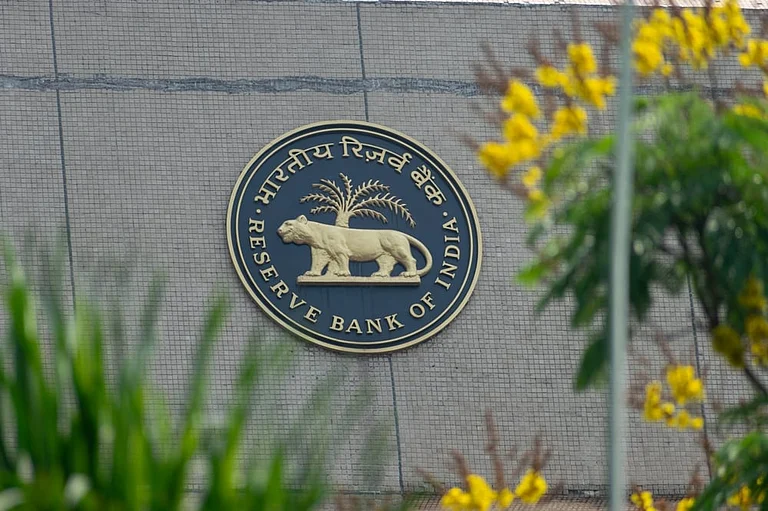Banks' loan growth is likely to decelerate in FY25 and FY26, says Fitch Ratings. This is after two years of high growth. This is likely to slow down as the banks become risk-averse and target lower-risk lending.
Fitch stated that banks are likely to favor secured retail loans. These are loans that are guaranteed by assets like houses and cars. Banks are expected to retreat from unsecured personal loans. This is on account of regulatory pressures and an increase in missed payments.
Housing and auto loans can continue to grow. These are considered safer as they are secured against property or assets. Banks anticipate this trend to get even stronger as they move away from unsecured loans to secured loans. This transition also comes in the wake of stricter regulations and higher delinquencies in the unsecured loan sector.
Banks are meant to be more balanced in lending. They will emphasise growth management and risk management. Some growth will continue to come from loaning small businesses and corporates, but this would be opportunistic and not aggressive.
Fitch estimates that the growth of credit will slow to a sustainable pace after two consecutive years of rapid growth. Loan growth in the last two years was in the mid-teens. With caution now and regulatory intervention, growth can be more subdued.
Fitch also anticipates the Reserve Bank of India will lower interest rates by a further 25 basis points in FY26. Decreasing interest rates may lower banks' loan yields. This would imply that the interest banks receive on loans would decrease. Consequently, banks' net interest margins (NIMs)—an important profitability proxy—could be under strain.
But the easy liquidity measures of the central bank could assist banks in coping with this pressure. The measures can provide money more readily to banks, assisting them in supporting loans and handling margins.
Fitch said banks that are too focused on retail lending may find it difficult to grow profits during a period of lower policy rates. The credit cycle may become weaker as a result. Overall, the rating agency expects slower but more stable lending growth over the next two years.










